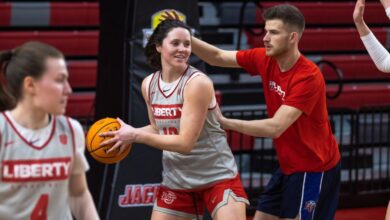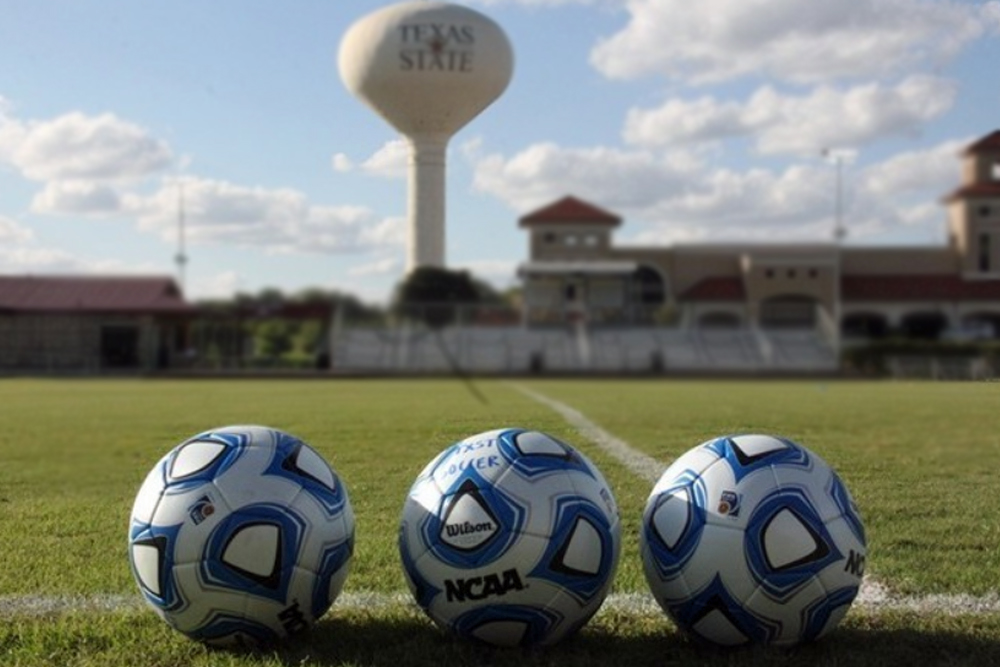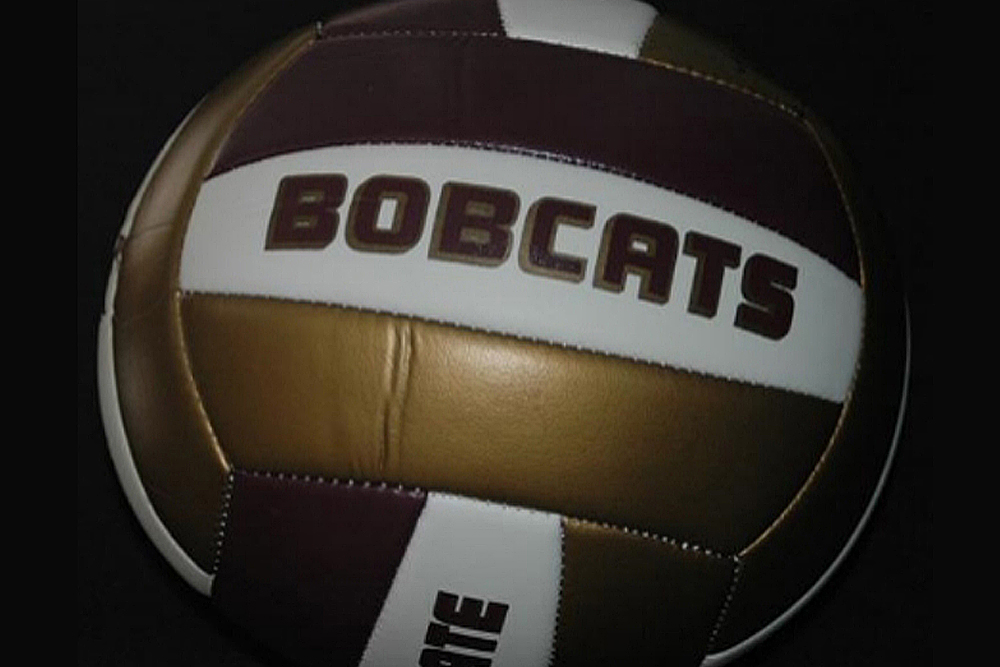How To Dominate Your Office March Madness Pool
The Main Point
On March 15 the official brackets for the 2015 NCAA Tournament will be released. Each year millions of Americans participate in the tournament bracket challenge by predicting the outcome of all 67 games correctly. The odds of receiving a perfect bracket are astronomical. Without including the four play-in games, a participant in the challenge has a nine-quintillionth chance of correctly picking a bracket. The odds are slim, but here are some suggestions to help tip them in your favor.
Know the legitimate contenders
The official bracket has not been released yet, but knowing the teams that have a legitimate shot throughout the tournament is important. All of your one and two seeds are typically good indicators of the teams that have a good chance of winning and will help make brackets easier to predict. Plenty of resources are available to help make decisions easier. Study up by reading quick blurbs about the teams. Expert analysts devote a lot of time and research into these teams and this tournament for the sole purpose of making your decisions easier.
Get behind a No. 1 seed
A popular strategy used by participants in the March Madness bracket challenge is advancing all of the No. 1 seeds automatically to the Sweet 16. A 16th-seeded team has never defeated a No. 1 seed in the history of the tournament. In addition, it is a safe bet to choose a No. 1 seed to win it all. Teams in the No. 1 seed spot have been crowned champion 18 times since the tournament’s 1985 expansion to 64 teams.
Don’t pick the team that will win. Pick the team that will make you win
This sounds convoluted, but hear us out. Picking the best team in the tournament is a novice mistake. That is not the optimal decision if you are serious about winning an office pool. Instead, pick the team that gives you the best odds of winning. An ideal championship pick is a top-three seed heavily undervalued by Vegas odds. If you choose the consensus champion—this year, it’s Kentucky—then you are competing against everyone who picked that team. That lowers your odds dramatically because your margin of error is slim in your other games. You have to be essentially perfect if you choose Kentucky. If you pick Iowa State, a projected third seed in the tournament, you are competing against fewer people. Beating 35 people is harder than beating four.
Know your office pool
Each office pool is created differently. Some reward upset picks. Some devalue earlier rounds. Some weigh the Final Four heavily. Some have hundreds of people. Some have 10 people. You need to know the office pool like the back of your hand. A simple rule of thumb: If there are more people in the pool, take more chances with upsets. Pick more favorites if it is a smaller pool. Catering a bracket to your specific group gives you a significant advantage over the less-knowledgeable people.
The 5 vs. 12 seed matchup
The 5 vs. 12 matchup is key to winning your bracket. Since 1985, 41 teams with the 12th seed advanced to the second round of the tournament. If you’re going to pick an upset, your most likely chance for success is with this matchup. In 26 of the last 29 years, a 12th seed has advanced against a 5th seed. If you’re looking for an upset, there’s a good chance it’s here.
Flip a coin
Historically, the 7-10 and 8-9 matchups are a coin flip. Instead of researching the matchups extensively, simply flip a coin. It will save time you can otherwise use on other matchups. You can spare a few losses in the 7-10 and 8-9 games because everyone is likely going to miss some as well.
How to find a good upset team
A poorly executed underdog Cinderella pick could make or break your bracket entirely. Tread carefully. The strategy for upsets is the same as eating burritos. Do not pick too much because it will not go over well.
There is an important distinction between identifying the appropriate number of upsets and picking the right upsets. The good news is there is some science to finding optimal underdog teams. Here are five factors to consider when finding those undervalued basketball teams.
1. Three-point shooting. The added value of a 3-pointer is a key equalizer for less talented teams.
2. Turnover creation. A high percentage of turnovers creates extra opportunities to score.
3. Offensive rebounding. Teams that corral offensive rebounds consistently give themselves more leeway to make mistakes.
4. Low pace. Fewer possessions means fewer chances for the better team to exert its talent. You want teams that slow down the pace and maximize their possessions.
4. Low pace. Fewer possessions means fewer chances for the better team to exert its talent. You want teams that slow down the pace and maximize their possessions.
5. Experience. This is a rare commodity in college basketball. Experienced players are generally less prone to make mistakes and falter in high-leverage situations.
In summary: You want to pick the high-volatility basketball teams because they present you with the best risk-reward. This is not a foolproof method, of course, but it is better than simply going with the crowd favorites.
Have fun
At the end of the day, the NCAA Tournament is supposed to be fun. It is sports in its purest sense. Win and advance. Lose and go home.
The Main Pointis a regular column in the University Star where this story originally published. It is reprinted here through a news partnership between the University Star and Corridor News.






